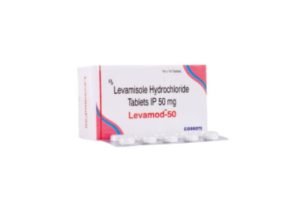
Ceftazidime + Tazobactam Overview:
Description:
Ceftazidime + Tazobactam is a combination antibiotic consisting of ceftazidime, a third-generation cephalosporin with broad-spectrum activity against Gram-negative bacteria, and tazobactam, a beta-lactamase inhibitor that extends the activity of ceftazidime by preventing bacterial resistance. This combination is particularly effective in treating severe infections caused by drug-resistant bacteria.
Available Forms & Strengths:
- Injection (IV):
- 1g/0.125g (Ceftazidime 1g + Tazobactam 125mg)
- 2g/0.25g (Ceftazidime 2g + Tazobactam 250mg)
Uses:
- Hospital-acquired pneumonia (HAP)
- Intra-abdominal infections
- Urinary tract infections (complicated)
- Febrile neutropenia
- Skin and soft tissue infections
- Bacterial meningitis (off-label use)
Side Effects:
- Nausea and vomiting
- Diarrhea
- Injection site reactions
- Allergic reactions (rash, itching)
- Thrombocytopenia (low platelet count)
- Increased liver enzymes
Dosage:
- Typical dose (for adults): 1 to 2 g ceftazidime every 8 hours, with tazobactam at corresponding doses, administered via IV infusion.
- The dosage depends on the type and severity of the infection, and renal function must be considered for dosage adjustments.
Contraindications:
- Hypersensitivity to cephalosporins, penicillins, or any components of the formulation.
- Severe allergic reactions to beta-lactam antibiotics.
Warnings:
- Hypersensitivity reactions: Anaphylaxis and severe allergic reactions may occur.
- Superinfection: Prolonged use may result in the growth of non-susceptible organisms, including fungi.
- Renal Impairment: Dosage adjustment is required for patients with impaired kidney function.
- Clostridium difficile-associated diarrhea: Antibiotic use may increase the risk of severe diarrhea associated with C. difficile.
Special Instructions:
- Monitor kidney function during treatment, especially in elderly patients or those with pre-existing kidney disease.
- Complete the full course of therapy even if symptoms improve early to prevent bacterial resistance.
- Use caution in patients with a history of gastrointestinal disease, especially colitis.
This combination is often used in severe hospital-based infections, particularly where drug resistance is a concern.







